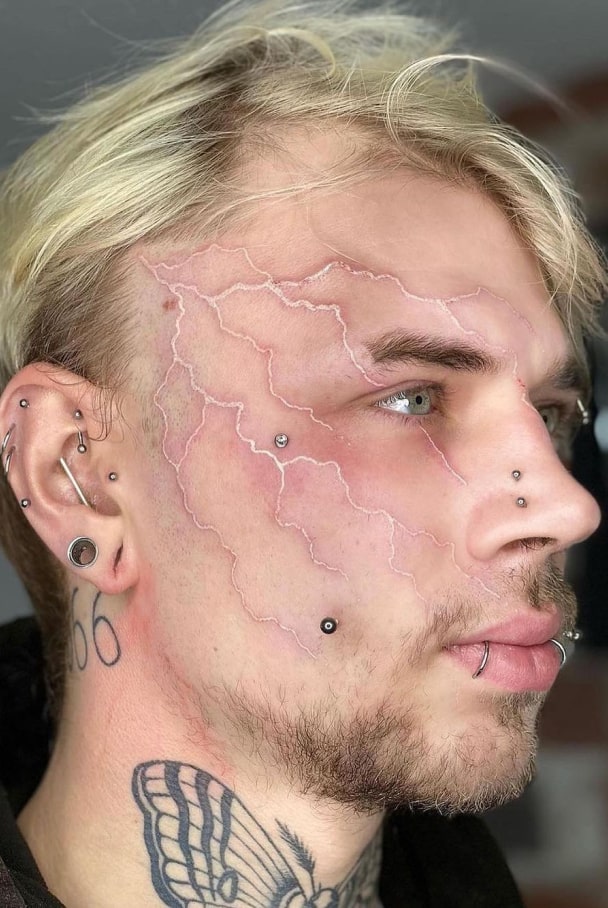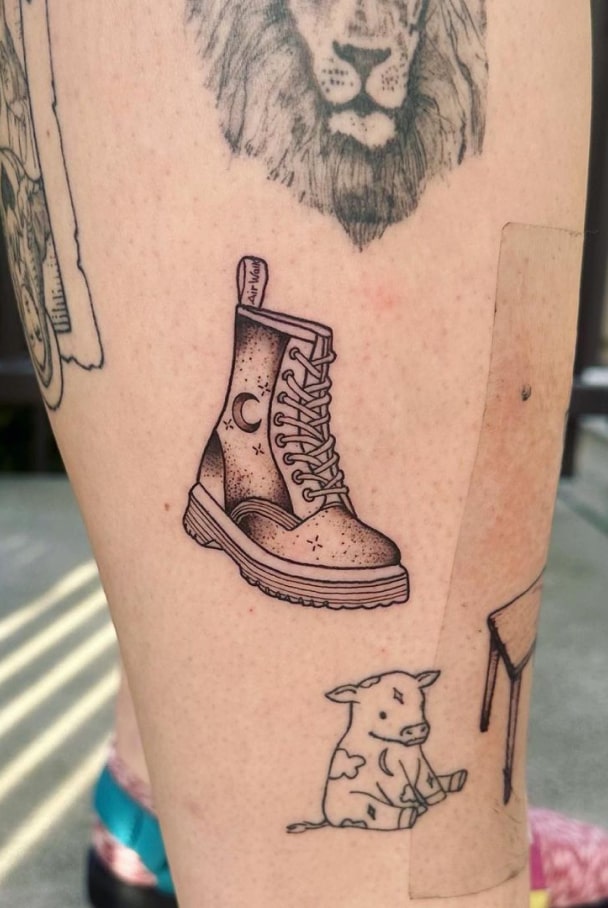The art of tattooing has a long and storied history, with roots stretching back thousands of years across various cultures. However, one of the most significant figures in bringing tattooing into Western consciousness was none other than British explorer Captain James Cook. While Cook himself was not a tattoo artist, his voyages in the 18th century played a crucial role in introducing the practice of tattooing to Europe, forever changing its perception and popularity.
The Origins of Tattooing
Tattooing has existed for millennia, with evidence of inked skin found on mummified remains dating back to ancient Egypt, China, and even the prehistoric Ötzi the Iceman. However, it was Polynesian cultures—particularly in Tahiti, Samoa, and New Zealand—where tattooing was a deeply ingrained tradition, rich with cultural significance.
These cultures used tattooing to symbolize status, achievements, lineage, and identity, often undergoing elaborate and painful procedures to etch their history onto their bodies permanently. Before Cook’s voyages, much of the Western world remained largely unaware of this deeply meaningful practice.
Captain Cook’s Encounters with Tattooing
During his first voyage aboard the HMS Endeavour (1768-1771), Captain James Cook and his crew encountered Polynesian societies where tattooing was a widespread and respected tradition. The word “tattoo” itself comes from the Tahitian word "Tatau", which Cook and his men documented in their journals.
In his notes, Cook described the intricate designs and the painful yet honourable process that the islanders underwent. Unlike European body modifications, which were often associated with punishment or branding, Polynesian tattoos were artistic, symbolic, and highly revered. This was a striking contrast to what Cook’s men were accustomed to, and it sparked deep curiosity.
The Influence on Western Sailors
Cook’s sailors were among the first Westerners to embrace tattooing, adopting the tradition during their time in the Pacific. Many crew members returned to England with Polynesian-style tattoos, marking the beginning of what would eventually become a popular trend among sailors and seafarers.
For sailors, tattoos became a symbol of adventure, identity, and protection. Certain tattoos, such as an anchor, signified that a sailor had crossed the Atlantic, while a swallow represented safe return from a long journey. Over time, these maritime tattoos evolved into a subculture of their own, deeply connected to seafaring life and later influencing tattoo culture worldwide.
Tattooing Spreads to Europe
Before Cook’s expeditions, tattooing in Europe was mostly associated with indigenous cultures, criminals, and outcasts. However, after the return of his tattooed crew members, public interest in body art began to shift. The idea of tattooing as an art form, rather than something purely primitive or punitive, started to gain traction.
By the 19th century, tattooing had become popular among British and European aristocracy. Even King George V and King Edward VII were known to have tattoos, further legitimizing the practice. What had once been an exotic custom from distant lands had now become a fashionable statement among the upper class.
The Lasting Impact of Cook’s Voyages on Tattooing
Captain Cook may not have been a tattoo artist, but his role in bridging the gap between Polynesian tattoo traditions and the Western world was undeniable. Through his detailed journals, interactions with indigenous peoples, and influence on his sailors, Cook played a pivotal role in globalizing the art of tattooing.
His expeditions brought about an appreciation for the rich meanings behind tattoos, inspiring new generations to embrace the art form. Today, Polynesian tattoo styles remain incredibly popular, influencing modern tattoo trends and designs worldwide.
Modern Tattooing and Cook’s Legacy
Fast forward to the present, tattooing has evolved into a highly respected art form, embraced by people from all walks of life. The bold, geometric designs of Polynesian tattoos are still widely admired, with tattoo artists paying homage to traditional methods while incorporating contemporary techniques.
The word "tattoo," first introduced to English speakers through Cook’s explorations, has now become universal. From custom-designed sleeves to minimalist ink, tattoos remain a powerful expression of identity, culture, and storytelling—a testament to their enduring significance.
Conclusion
Captain James Cook may be best known for his navigational feats and contributions to world exploration, but his impact on tattooing is equally noteworthy. By introducing the Polynesian art of tattooing to Western sailors and chronicling the tradition in his journals, Cook helped redefine the way tattoos were perceived in Europe and beyond.
His voyages not only preserved and documented tattooing traditions but also laid the foundation for modern tattoo culture as we know it today. Next time you see a tattoo, whether it’s a small symbol or a full Polynesian-inspired piece, take a moment to appreciate the centuries of history that led to its place in the world of inked art.








